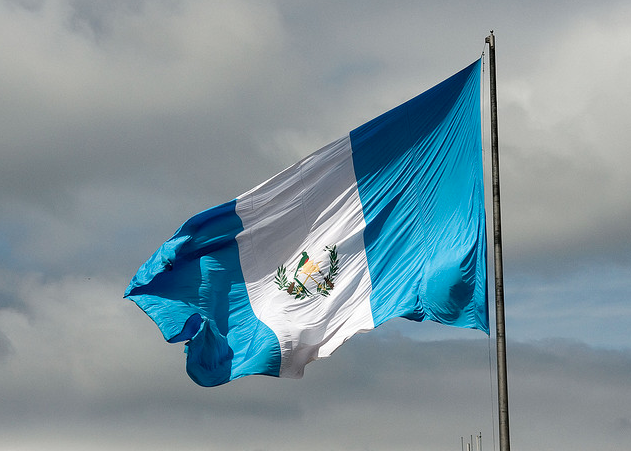
The trial of former Guatemalan President, Efrain Rios Montt, for murder and crimes against humanity has people talking. As Amy Ross pointed out in her opinion piece for Al-Jazeera, this is the first time that any former head of state has been prosecuted by their own national court.
Considering Guatemala’s history of ignoring corruption, the trial seems quite meaningful. In Montt’s case, being an ousted dictator didn’t mean exile or imprisonment. Quite the contrary, after being removed from power in a coup in 1983, Montt maintained relationships with those in power and was President of the Guatemalan Congress for several years.
This surreal scenario highlights just how corrupt Guatemalan government and authority has been in the past, where a General can seize power, commit mass murder, and simply re-enter the political realm without any punishment. In fact, Montt was granted prosecutorial amnesty in 2007 that only ran out in 2011.
However, considering that Montt, now 86, is well past his 50 year heyday in military and politics, the timing makes this seems more like a case of an old man who has worn out his connections being served up as an example by a ‘new’ generation.
Most of Montt’s notoriety stems from his brief 14-month rule from 1982 to 1983 in the midst of Guatemala’s 36-year civil war. After forcing his way into power through a military junta, he began a campaign of violence and intimidation. Ostensibly posed as a counter-insurgency war against the Marxist Guatemalan National Revolutionary Unity guerillas, he was funded and supported by the Reagan administration.
This brief foray into dictatorial power saw 70,000 civilians murdered or disappeared, with hundreds of thousands being displaced. Through his indiscriminate “Beans and Guns” campaign, a with us or against us approach, many innocents were swept up, particularly members of the Mayan population. As many as 15,000 were murdered and some 600 Mayan villages destroyed in his attempt to rout the perceived communist threat.
Montt was only one of a series of brutal dictators in this period, and like the rest, he was vicious with the Mayans. Rigoberta Menchu, Quiche Maya and former presidential candidate, wrote in her book of the horrific torture and forced labour Mayans were subjected to for years. Though she fled the country in 1982, her region of Quiche in the Ixil Triangle was heavily affected by Montt’s policies. And one of the leading men on the ground was current President, Otto Perez Molina.
In 2011, Molina, also a former General and National Director of Military Intelligence (D-2), was elected under his promise of tackling crime and corruption with la mano dura, or iron fist. While other parties presented plans for fighting poverty and eliminating illiteracy, his Partido Patriota (Patriotic Party) garnered support mainly through a flashy campaign that provided little in the way of specifics. Despite years of past dictators, Guatemalans seemed to embrace the notion of another severe, military ruler.
In 1982, Molina was chosen by the Montt government to serve in the ‘anti-terrorist’ campaign. Though government reports say he was stationed elsewhere at this time, there is video evidence of Molina giving an interview in that area, albeit under a different name. At the spot where he was interviewed, military documents reveal an encounter that left four adults dead and 30 apprehended.
This was not an isolated incident. Amongst other known crimes perpetrated by Molina, Rightsaction.org points out that while National Director of D-2, Molina authorized the use of psychological and physical torture on Mayan resistance leader, Efrain Bámaca.
Guatemala has not left its past behind. In fact, its past is parading around as the face of the future. Until that reality is confronted head on and serious measures taken to break with the main players in its violent history, the trial of Efrain Rios Montt remains symbolic.



